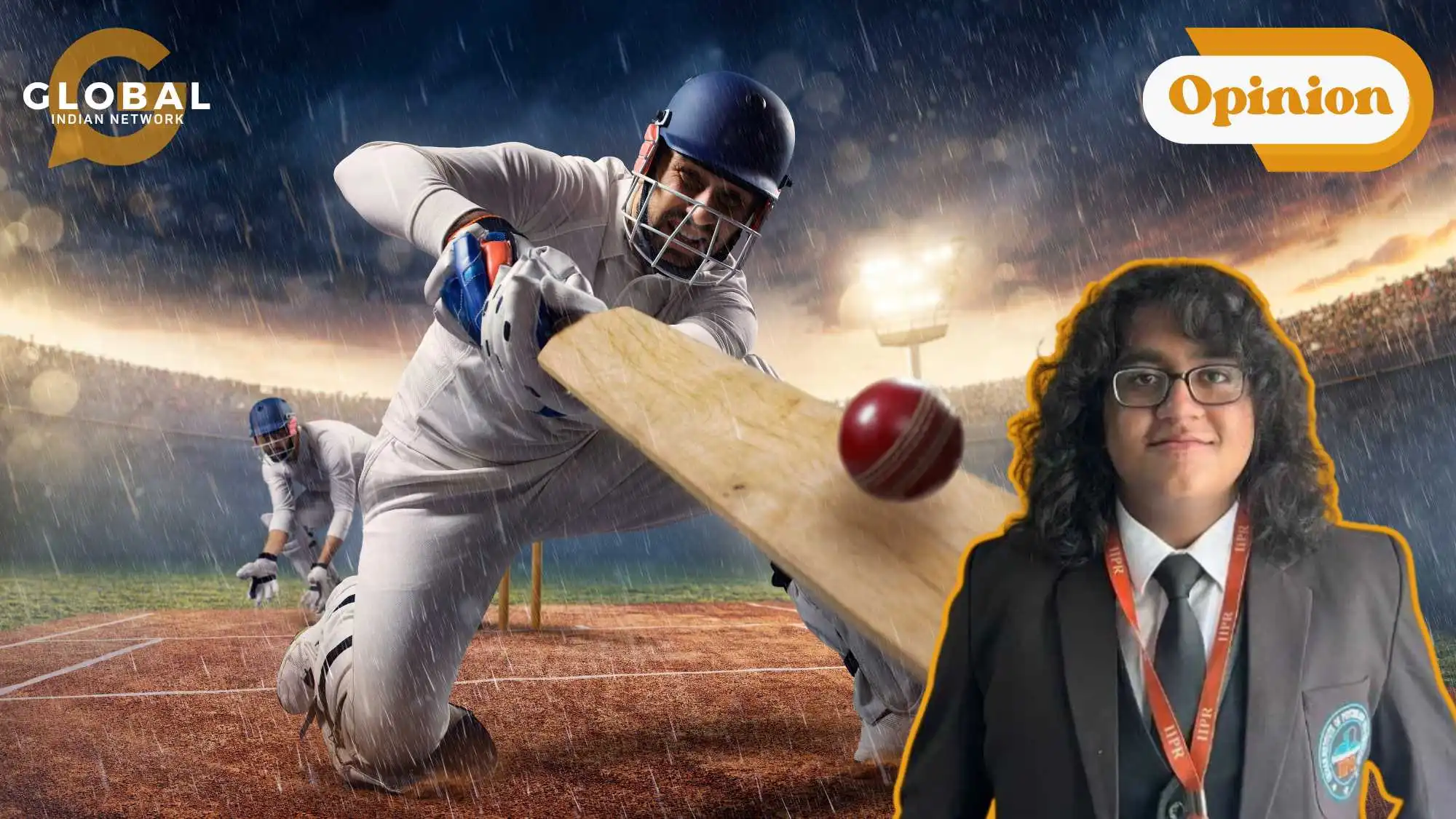The yearning to create is perhaps humanity’s longest infatuation. Millennia after millennia, the greatest human minds have searched deep within their intellects to bring out products of their irrefutable creative brilliance. Generation after generation has contended to trump its predecessor, each vying to craft something that comes to abet humankind in an unordinary manner. The flow of this creation has remained steadfast, and with each century that comes to be, the honourable minds of the world coalesce in the thinking that humanity has managed to befall itself to a peak of ingenuity.
It then is with great disdain and perhaps ironic swiftness that these honourable opinions fall apart with the genesis of each new century. What was perhaps considered the zenith of originality may be quite ordinary the next day, and what was considered inventive is perhaps every tradesman’s day game.
Of course, as brilliant as minds can be, sometimes they cannot simply comprehend what may not be. As honourable men have existed in the past, no one quite has ever possessed the supreme gift of prophecy, not in the modern era, anyway.

It is maybe another great irony that sometimes an invention of man is greater at dealing with these suppositional happenings. It is often that technology, a man-made enterprise, deals with hypothetical events; events that may or may not happen. This existence-defining aspect of technology extends itself into sports, more specifically, cricket. In fact, technology is a large part of how modern cricket is played, and the use of it is perhaps more evident in the gentleman’s game than any other.
While technology has been seamlessly integrated into multiple facets of the game at all levels, it is not without controversy. I write this just days after Virat Kohli faced one of the most controversial dismissals in this year’s edition of the Indian Premier League (IPL). Kohli was judged to be given out on a caught and bowled, despite the delivery being well above waist height, a ruling which would deem it to be a no-ball (unfair delivery) and having to be bowled again.
However, upon review, it was revealed that Kohli was standing a step outside the batsman’s crease line and a new prediction tracking software was used to determine the ball’s delivery length had Kohli not stepped out. The prediction tool showed that the ball would, in fact, fall just below the waist in the suppositional scenario, and therefore, Kohli had to walk back to the pavilion.
This new prediction software tool adjudged whether the delivery was fair or not based on the ball’s momentum and predicted path, similar to how the DRS system works for LBW calls. With the DRS system having been in use for over a decade, cricket is perhaps one of the most technology-friendly sports in the world, as seen by its constant barrage of updates to the tech that is in use.
Cricketing technology has come a long way since its inception. While the implementation of tech not only helps players, it also makes the officiating umpires’ job significantly easier. This was first done with the implementation of the third umpire in 1992. Surprisingly, it was Sri Lanka that first introduced this revolution in cricket, and ever since, the third umpire (also called TV umpire) has been a critical part of all broadcast cricket matches.
Initially, the third umpire was primarily introduced to adjudicate run-out decisions accurately since it was quite challenging for the square leg umpire to make accurate calls in split seconds. The third-umpire system was tested in domestic cricket in Sri Lanka before making its way to the international level. Interestingly, the very first player to have been a victim of the system was Sachin Tendulkar. Currently, the third umpire is also responsible for checking on feet no-balls, thereby easing another important responsibility from the on-field umpire’s shoulders.
Following the success of the third umpire, cricketing technologies continued to improve with the advent of the Snickometer and the speed gun in 1999. The speed gun was a tool used to accurately measure the speed at which the ball left the bowler’s hand. The tool provided immense knowledge about bowling speeds to both bowlers and batsmen, allowing for a deeper understanding of the game.
The Snickometer is perhaps one of cricket’s most important technological implementations. The Snickometer uses multiple mics, which are placed strategically, to extract audio from the time the ball was deemed to be around the bat. Using audio processing tools, the exact low frequency that comes as a result of the ball touching the wood of the bat is extracted, and all other sound is discarded. This helps make reliable decisions for catches and snicks. In the modern day, audio technology is combined with video from multiple cameras to obtain a more accurate result, and this is known as Ultredge.
One of the most significant impacts of cricketing technology has been on LBW decisions. Historically, Leg Before Wicket (more colloquially known as LBW) has been one of the most controversial ways to be sent back to the pavilion. The LBW rule states that if the leg or pad of a batsman impedes the path of a ball that would’ve gone on to crash into the stumps, then the batsman is deemed out. However, LBW decisions are notoriously hard to make as it is difficult for the human eye to accurately judge the path of the ball.
To rectify this, British mathematician Dr. Paul Hawkins developed the Hawk-Eye technology. This technology makes use of 6 cameras placed all around the stadium that track the movement of the ball and reconstruct the line and length of the delivery to correctly judge the path of the ball. The Hawk-Eye technology has revolutionised LBW calls, with umpires and players now frequently being able to use it to review on-field decisions.
You Might Be Interested In: Racism in Cricket: Exploring the Dark Side of Cricket and the ECB with John Holder
While cricket has a myriad of technologies available to review and correct on-field decisions, these resources were not available to the players for use until recently. Before 2008, only umpires were allowed to review their calls, and the players could not challenge any decision made by the officiating team.
However, this changed in 2008 when the Decision Review System (DRS) was introduced by the ICC. Under this system, each side could challenge the decisions made by the umpires for a total of 3 incorrect attempts in test matches per inning. The team’s captain had 15 seconds after each decision made by the umpire to decide if they wanted to challenge it or not. If the challenge was successful and the decision was overturned, then the review was retained, and if the challenge was unsuccessful in overturning the on-field umpire’s decision, then the review was lost.
The addition of DRS was formalised across all forms of the game by 2017, and over time, the DRS system has become an integral part of the sport. The system allows players to review any calls they are unhappy with, and it has added a level of excitement for the fans as well, with millions across the globe watching replays from the edge of their seats, awaiting the final decision. The DRS system has also added a protective layer for umpires, ensuring that human error does not decide closely etched matches that have huge stakes.
In conclusion, technology has come to be an integral part of the gentlemen’s game, and it has truly bettered the sport. From the addition of the third umpire to new tools such as the waist heigh no-ball detector, technology has truly impacted the game in a revolutionary manner. As it has in the past, there is no doubt that technological tools will continue to find themselves in the sport, ensuring that the game stays in time with the latest happenings and continues to reinvent itself.
Do you have burning thoughts or opinions? We'd love to hear them! Share your thoughts and ideas in the comments below to get the conversation flowing, or feel free to reach out to us at larra@globalindiannetwork.com.










[…] In England and Wales, acquiring an entry-level coaching qualification is the first step to inspire and train future generations of aspiring cricketers. The Cricketing Body of England and Wales (ECB) offers multiple coaching certificates and courses that individuals must obtain before they can coach cricket. […]